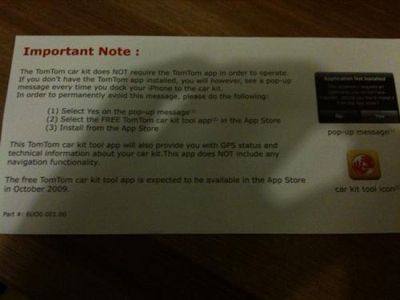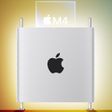The Wi-Fi Alliance, a consortium of companies that includes Apple, yesterday announced that it has developed a new specification that will facilitate direct peer-to-peer connections via Wi-Fi between devices without the need for an intervening base station. The specification, to be made available on new products and via software updates to existing products beginning in mid-2010, would compete with Bluetooth and allow for significantly faster data transfer speeds, although at a cost of increased power consumption.
The specification, previously code-named "Wi-Fi peer-to-peer," can be implemented in any Wi-Fi device, from mobile phones, cameras, printers, and notebook computers, to human interface devices such as keyboards and headphones. Significantly, devices that have been certified to the new specification will also be able to create connections with hundreds of millions of Wi-Fi CERTIFIED legacy devices already in use. Devices will be able to make a one-to-one connection, or a group of several devices can connect simultaneously.
"Wi-Fi Direct represents a leap forward for our industry. Wi-Fi users worldwide will benefit from a single-technology solution to transfer content and share applications quickly and easily among devices, even when a Wi-Fi access point isn't available," said Wi-Fi Alliance executive director Edgar Figueroa. "The impact is that Wi-Fi will become even more pervasive and useful for consumers and across the enterprise."
While some Wi-Fi devices are already able to support ad hoc wireless networks, the practice is limited in security and other features and is not officially part of the certified Wi-Fi standards. Wi-Fi Direct will include all of the features of standard Wi-Fi networks without the need to connect via a wireless base station.





















